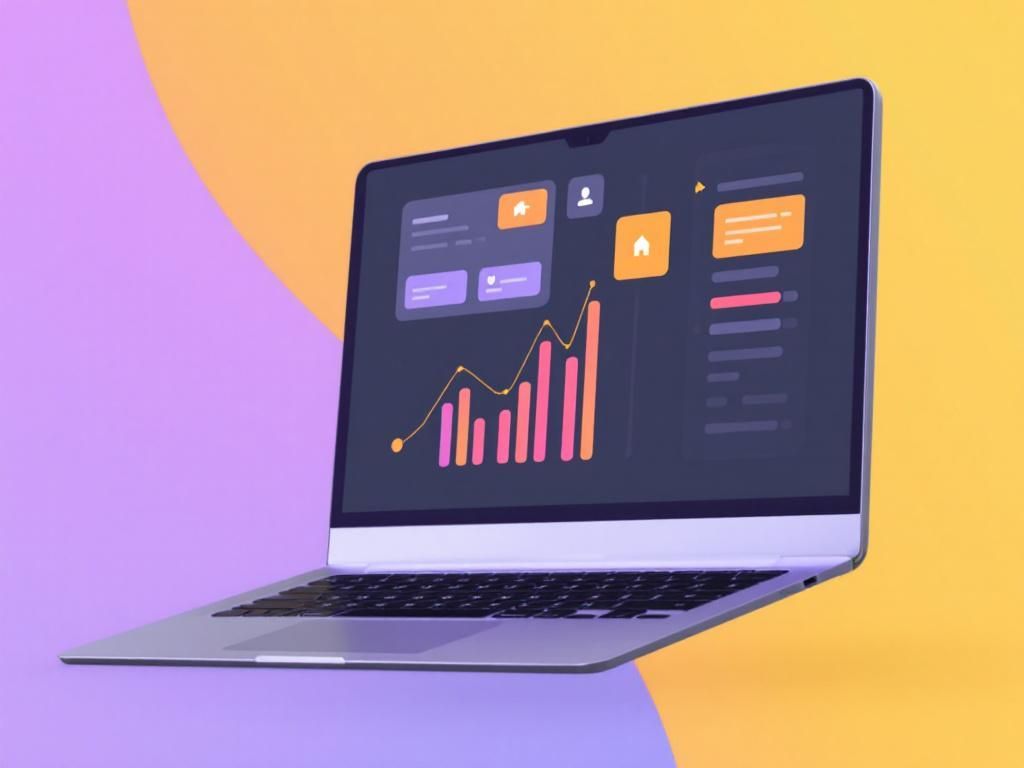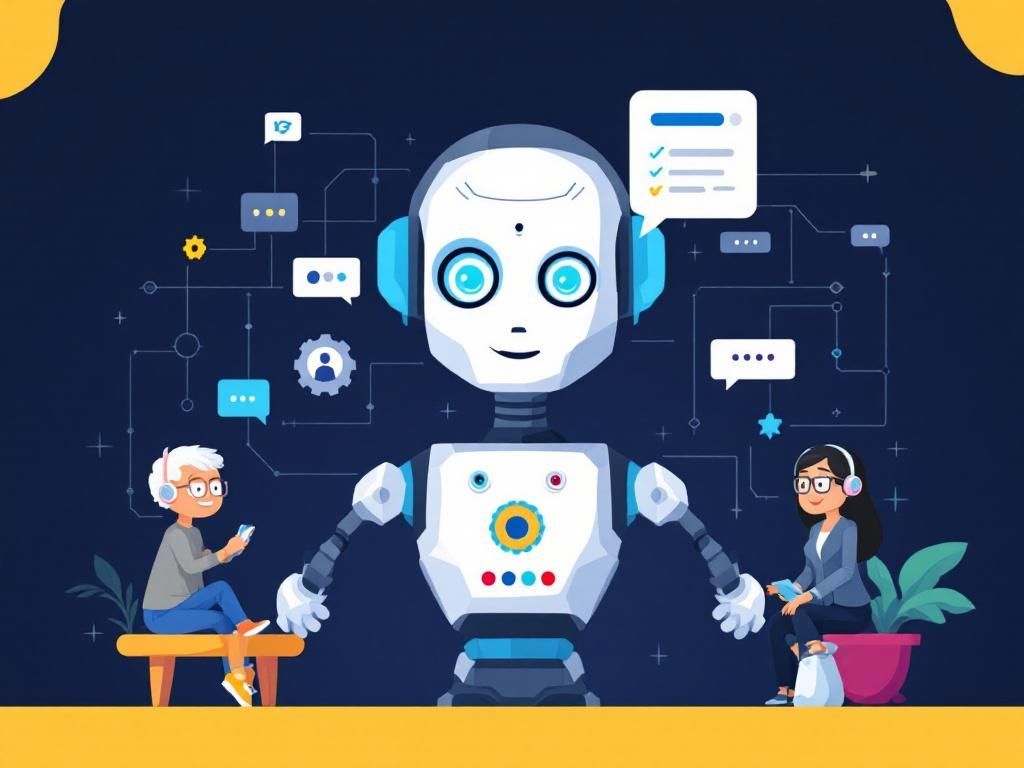In the rapidly evolving landscape of technology, businesses are constantly seeking innovative solutions to enhance efficiency, reduce costs, and drive growth. Enter low-code AI tools, a game-changer that empowers organizations to build sophisticated applications and automate processes without the need for extensive programming knowledge. This article explores how low-code AI tools can revolutionize businesses across various sectors.
Understanding Low-Code AI Tools
Low-code AI tools are platforms that enable users to create applications and integrate artificial intelligence capabilities with minimal hand-coding. These tools are designed to simplify the development process, allowing both technical and non-technical users to participate in creating custom solutions tailored to their specific business needs.
Key Features of Low-Code AI Tools
- Visual Development Interfaces: Users can drag and drop components to design applications, making it accessible to those without deep technical expertise.
- Pre-built AI Models: Many low-code platforms offer pre-trained AI models for common tasks such as image recognition, natural language processing, and predictive analytics.
- Integration Capabilities: They often support integration with various data sources and third-party applications, allowing businesses to leverage existing technology investments.
- Collaboration Tools: These platforms typically include features that facilitate collaboration among teams, streamlining the development process.
Benefits of Using Low-Code AI Tools
Adopting low-code AI tools can bring numerous advantages to organizations looking to innovate and stay competitive.
1. Increased Efficiency
Low-code platforms significantly reduce the time required to develop applications. By simplifying the development process, businesses can launch products and services faster, which is crucial in a fast-paced market.
2. Cost Savings
With low-code development, companies can minimize their reliance on large teams of developers, which can lead to substantial cost savings. The need for extensive coding is reduced, allowing teams to focus on higher-value tasks.
3. Empowering Non-Technical Users
Low-code tools democratize the development process. Employees from various departments can use these platforms to create solutions that meet their specific needs, fostering innovation within the organization.
4. Flexibility and Scalability
Low-code AI tools can easily adapt to changing business requirements. As a company grows, these platforms can scale to accommodate more complex applications and integrations.
5. Enhanced Collaboration
Teams can work together more effectively on projects, as low-code platforms often include features that allow for real-time collaboration, feedback, and version control.
Applications of Low-Code AI Tools Across Industries
Low-code AI tools are versatile and can be applied in numerous industries. Here are some notable examples:
1. Healthcare
Healthcare providers are using low-code AI tools to develop applications for patient management, telemedicine, and predictive analytics for patient outcomes.
2. Finance
In the finance sector, companies leverage these tools for fraud detection, risk assessment, and to facilitate customer service through chatbots.
3. Retail
Retailers utilize low-code platforms to create personalized shopping experiences, manage inventory, and analyze customer behavior.
4. Manufacturing
Manufacturers are applying low-code AI tools to optimize supply chain logistics, predictive maintenance, and quality control processes.
Real-World Examples of Low-Code AI Implementations
Many organizations have successfully implemented low-code AI tools to drive transformation. Here are a few inspiring case studies:
Case Study 1: A Leading Retail Chain
A prominent retail chain adopted a low-code AI platform to develop an application that analyzes customer purchasing patterns. This application provided insights that allowed them to optimize inventory levels, ultimately reducing waste by 30%.
Case Study 2: A Healthcare Provider
A healthcare provider utilized low-code tools to create a telehealth application that integrated AI for symptom analysis. As a result, they improved patient engagement and reduced appointment wait times by 40%.
Challenges in Adopting Low-Code AI Tools
While low-code AI tools offer remarkable benefits, organizations may face several challenges during adoption:
1. Change Management
Transitioning to a low-code approach requires a cultural shift within the organization. Employees may need training and support to embrace new tools and methodologies.
2. Security and Compliance
Ensuring data security and compliance with regulations can be challenging when using low-code platforms, especially in sensitive industries like finance and healthcare.
3. Vendor Lock-In
Relying on a specific low-code platform can lead to vendor lock-in, making future migrations or integrations complicated.
Future Trends in Low-Code AI Tools
The future of low-code AI tools looks promising, with several trends expected to shape their evolution:
1. Greater AI Integration
As AI technology continues to advance, low-code platforms will likely incorporate more sophisticated AI capabilities, allowing users to build even more complex applications.
2. Enhanced User Experience
Low-code tools are expected to improve their user interfaces further, making them even more intuitive and easier to navigate.
3. Expansion of Use Cases
We can anticipate an increasing number of industries and business functions leveraging low-code AI tools, broadening their application scope.
Conclusion
Low-code AI tools represent a significant advancement in how businesses can leverage technology to drive innovation. By empowering users to create applications that meet their unique needs, these platforms unlock new opportunities for efficiency, collaboration, and growth. As organizations navigate the challenges and opportunities of the digital landscape, embracing low-code AI tools may be the key to staying ahead of the competition.
FAQ
What are low-code AI tools?
Low-code AI tools are platforms that allow users to create and deploy artificial intelligence applications with minimal coding expertise, enabling businesses to innovate and automate processes quickly.
How can low-code AI tools benefit my business?
Low-code AI tools can significantly reduce development time and costs, empower non-technical users to participate in app development, and streamline operations, ultimately enhancing productivity and efficiency.
Are low-code AI tools suitable for small businesses?
Yes, low-code AI tools are ideal for small businesses as they provide an affordable and accessible way to leverage AI technology without the need for extensive IT resources.
What types of applications can I build with low-code AI tools?
You can build a variety of applications with low-code AI tools, including chatbots, predictive analytics, automated reporting systems, and customer service solutions.
Do low-code AI tools require any programming knowledge?
While low-code AI tools are designed to minimize the need for programming knowledge, having a basic understanding of concepts like data modeling can be beneficial for optimizing applications.
How do I choose the right low-code AI tool for my business?
To choose the right low-code AI tool, consider factors such as ease of use, integration capabilities, scalability, community support, and the specific AI functionalities that meet your business needs.




